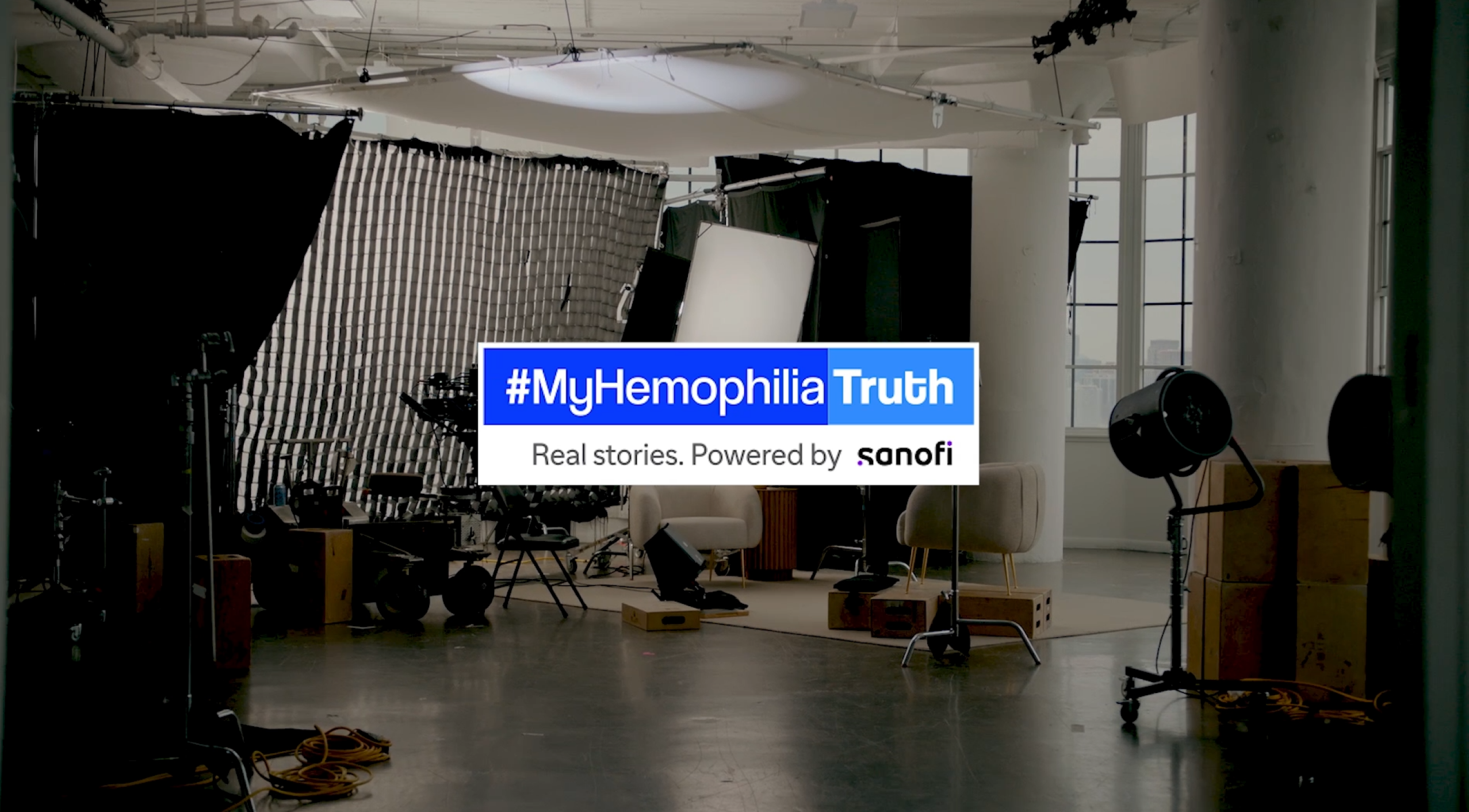Challenges and unseen impacts
People living with hemophilia (PwH) may experience challenges and unseen impacts

According to the World Federation of Hemophilia, PwH may be making trade-offs when balancing treatment burden and bleed protection.1
- Bleeding episodes in PwH are accompanied by physical and emotional burdens that can occur before, during, and last beyond the bleeding episode2
Current challenges may include:
.png)
Emotional2-4
- Emotional burdens*
- Impact on education, recreation, and career
- Social isolation

Physical
- Different grades of pain1,5
- Concerns about bleed protection6
- Breakthrough bleeds1,5,7

Logistical3,8
- Access to treatment centers
- Refrigeration requirements
- Difficulties with scheduling treatment
- Reconstitution requirements
*Emotional burdens include those related to mental health, perception of self, and impact on social life and relationships.2-4
Challenges for PwH with inhibitors
Treatment options are limited for PwH living with inhibitors
For PwH, development of inhibitors represents a significant challenge to treatment, potentially rendering it ineffective and further reducing health-related quality of life compared to people unaffected by inhibitors.9
- The unmet need is greater in PwH with inhibitors, who may require a different treatment10
- People with hemophilia B with inhibitors have been one of the most underserved populations11
PwH may not realize all the ways that hemophilia could be impacting their daily lives.1

What are current and potential approaches to achieving hemostasis in hemophilia?
Each patient story reflects the real-life experiences of individuals diagnosed with hemophilia. Individual experiences may vary. These patients were compensated for their time creating this content.
References: 1. Srivastava A, et al. Haemophilia. 2020;26(suppl 6):1-158. 2. Arya S, et al. J Thromb Haemost. 2022;20(2):296-306. 3. Saxena K. J Blood Med. 2013;4:49-56. 4. Lee Mortensen G, et al. Haemophilia. 2018;24(6):862-872. 5. Skinner MW, et al. Haemophilia. 2020;26(1):17-24. 6. Berntorp E, et al. Blood Rev. 2021;50:100852. 7. Cafuir L, et al. Expert Rev Hematol. 2019;12(7):515-524. 8. Tischer B, et al. Patient Prefer Adherence. 2018;12:431-441. 9. Ljung R, et al. Eur J Haematol. 2019;102(2):111-122. 10. Okaygoun D, et al. J Biomed Sci. 2021;28(1):64. 11. Butterfield JSS, et al. Mol Ther. 2020;28(4):997-1015.
MAT-US-2307282-v1.0-11/2023
Last Updated: November 2023

